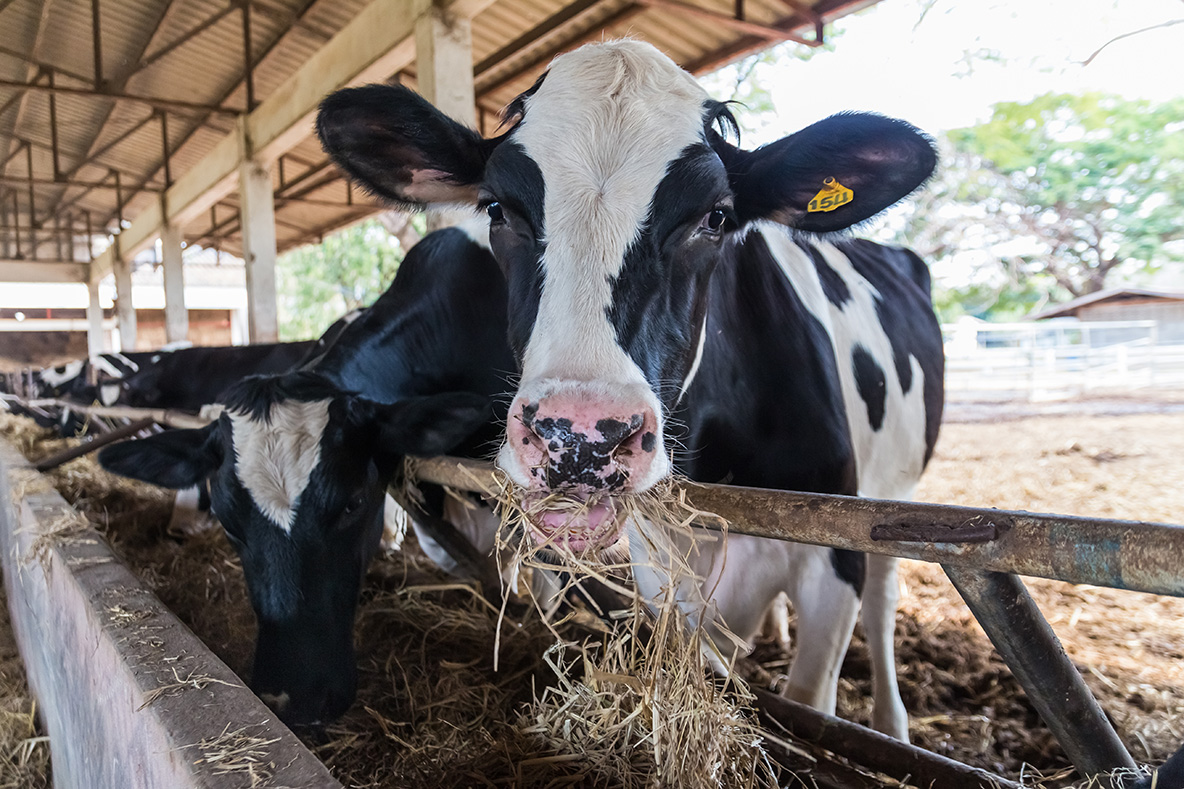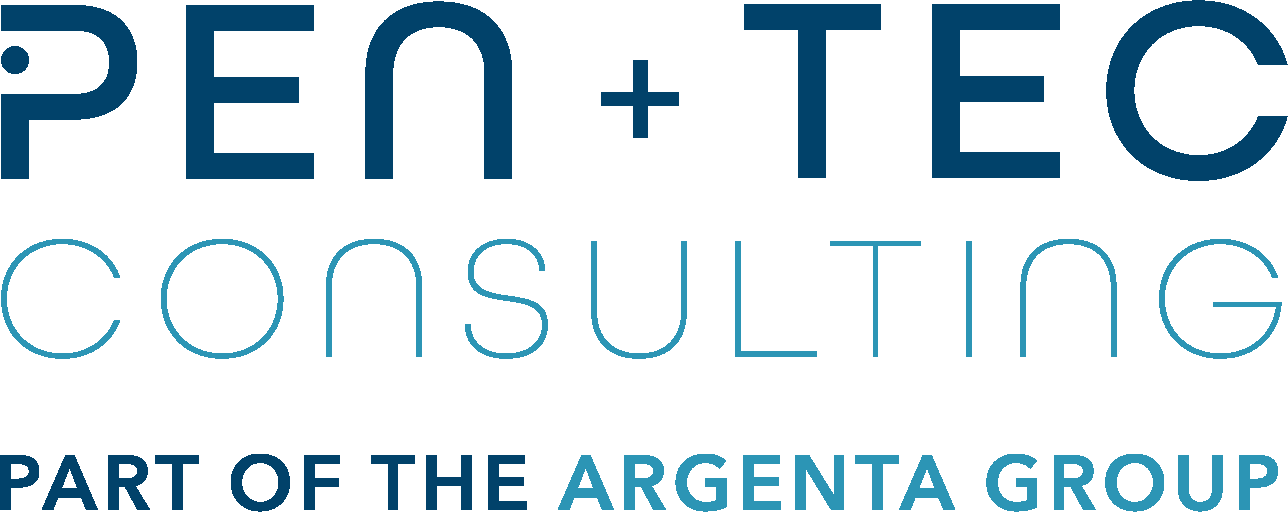Overcoming regulatory hurdles for plant-based feed additives
Posted 21 September, 2023
The growing animal feed additives market combined with surging interest from consumers in plant-based products offers a significant opportunity for developers. However, launching such products and maintaining market access involves navigating complex EU and US regulations. Here we explore how developers can successfully and efficiently secure regulatory approval to maximize their return on investment.

Nutrition is crucial to maintaining animal health and condition — a key responsibility of pet and livestock owners. There is a growing awareness of the importance of feed additives among consumers who want to ensure their animals are receiving the optimal balance of vitamins, pro-vitamins, amino acids, and trace elements. But the interest in macro and micronutrients isn’t the only consumer behavior change facing developers.
Now, consumers are also increasingly looking for more environmentally friendly and sustainable products. As a result, in the animal nutritional additives market, consumers are more frequently opting for plant-based products where possible. While this presents developers with a significant opportunity, navigating the complex regulations in the EU and US to bring plant-based nutritional additives to market poses many challenges. In fact, securing regulatory approval for plant-based products can be more difficult than additives that include more ‘traditional’ ingredients.
Fortunately, there are actions developers can take to streamline the path to regulatory success. The first being to understand the regulatory landscapes they face.
Deciphering the regulatory framework in the EU
In the EU, the approval and ongoing market access of plant-based additives is governed by regulations that focus on the rigorous assessments of quality, safety, and efficacy. At the helm of the regulatory framework is the European Food Safety Authority (EFSA), which undertakes an independent, detailed scientific review of the submitted dossier before reporting findings and offering advice to the European Member States and European Commission. Together, the EU Member States and European Commission then assess the EFSA’s findings and original submissions to decide whether the product is approved.

This process typically takes 2–3 years. However, the authorization timeline can be drastically extended. To minimize approval timelines, the importance of compiling a comprehensive and high-quality dossier cannot be overstated. EU Regulations and EFSA guidance documents are not merely suggestions, but detailed and stringent frameworks that must be cautiously followed. Any gaps in information or lapses in adherence can result in a “stop-the-clock” approach, which elongates the approval timeline. While the EFSA provides written guidance to aid dossier creation, there are many nuances that developers have to get to grips with that even those working in regulatory roles can find challenging.
And that’s not all. Developers of plant-based nutritional additives also face the dynamic nature of EU regulations. Frequent changes, such as the enforcement of the Transparency Regulation in 2021 often introduce new hurdles. For example, since the 2021 update, developers must notify the ESFA of studies involving any analytical work conducted for the registration of a feed additive prior to their commencement. Failure to do so results in a 6-month penalty period levied on the review of the application. (1)
As explained by Laura Payo Lewis, Regulatory Affairs Director, Animal Nutrition at Pen & Tec Consulting, Part of the Argenta Group, staying abreast of regulatory changes is paramount. “Developers need to ensure they’re receiving regulatory news as it’s released. This is the best way to prepare for any changes and avoid penalties for failing to adapt to new regulations.”
“Staying on top of regulatory updates, and what they mean for your organization is difficult and time consuming. For example, by June 2024, the EFSA is expected to release the update of four pieces of guidance, one which will impact developers in the planning of efficacy studies for plant-based nutritional additives, and another which will impact the requirements for demonstrating safety for the users handling the additives. At Pen & Tec Consulting, we proactively track and share how we expect regulatory changes to impact developers on our website, and with our subscribers via email.”
Navigating the regulatory landscape in the US
The regulatory landscape in the US is different to that in Europe, but no less complex. There are multiple approval pathways, including:
- GRAS (Generally Recognized as Safe): The GRAS route offers two possibilities to developers. The first involves self-determining a substance as GRAS, while the second involves submitting a GRAS determination to the FDA for review. The latter, requiring FDA approval, typically carries greater weight with industry stakeholders and regulators.
- FAP (Food Additive Petition): FAP is an application process to the FDA for approval of a new food additive. The petition must present convincing evidence of the safety of the substance.
- AAFCO New Ingredient Determination (American Association of Food Control Officials): The third major pathway involves a new ingredient determination made by AAFCO, an authoritative assembly providing guidance on animal feed ingredients.
When selecting the regulatory approval pathway, developers should consider the nature of their plant-based nutritional feed additive, the public availability of safety and efficacy information, and the recognition of the approval pathway in the industry. Conventional approval timelines take around 2-3 years but can extend further if the authorities require additional clarifications, studies, or documents.
Success in maneuvering through the U.S. regulatory landscape requires a thorough understanding of all potential pathways, bolstered by strategic planning and careful dossier preparation. By choosing the most suitable pathway, developers can ensure dossiers are prepared to regulatory expectations and potential delays are minimized.
Notably, in contrast to the EU model, which relies heavily on written guidance, the US authorities propose a more ‘open’ approach to pre-submission engagement, encouraging developers to clarify questions and concerns before formal submission. As such, having contacts within the regulatory bodies, or working with an external party who does, is of great benefit to developers.
The regulatory challenges for producers
No matter which territory, the regulatory journey towards introducing plant-based nutritional feed additives to the market is fraught with common hurdles that developers often stumble at.
Understanding and keeping up with regulations
Ensuring a comprehensive grasp of regulatory intricacies is essential to navigate the approval process smoothly. This knowledge must evolve in line with ever-changing regulations, which is a time-consuming endeavor. Failing to keep up with updates can result in delayed market entry or, in worst-case scenarios, the need to repeat costly and lengthy studies.
Constructing comprehensive and high-quality dossiers
A comprehensive dossier isn’t prepared just to satisfy an item on a checklist; it’s an integral element that if done well will minimize the need for regulators to ask follow-up questions and their associated delays. In contrast, a dossier that does not satisfy all requirements contributes significantly towards increased resource expenditure, cost escalation, and loss of potential earnings due to a delayed market presence.
Maintaining regulatory compliance post-approval
Plant-based nutritional additives don’t just have to earn regulatory approval — they have to maintain it. This involves making any product, label or packaging updates as required, particularly in response to changing regulations, and submitting renewal dossiers in a timely manner. Failure to do so can result in the loss of market access and therefore a loss of earnings, as well as increased scrutiny from regulators.
Geographical nuances: Upholding brand reputation
In addition to these common challenges, each territory has its own. For example, in Europe, the non-confidential parts of applications and the opinion reflecting EFSA’s findings are published and can be accessed by competitors and consumers alike. As a result, if the EFSA determines there is a toxicity risk, for instance, this information can become widely known and potentially damage the brand’s reputation. The consequences of this can be so great that some companies choose to withdraw EFSA applications to avoid this outcome. In these cases, although the brand’s reputation may not be damaged, there will still be wasted resources and efforts from having prepared the dossier and all the associated activities with it.
Pre-empting and overcoming regulatory challenges
When carving your path to regulatory success, strategic planning from the outset is critical. It begins with identifying territories of interest. If a developer wants to sell their plant-based nutritional feed additive in both the US and EU, with meticulous planning, certain studies can serve approval requirements for both regions simultaneously — a strategic move that saves resources, time, and cost. What’s more, gaining approval in the US and/or EU can serve as a gateway to approval in other territories. For example, securing regulatory approval in the EU can expedite the process in countries like Turkey.
In fact, the importance of strategic planning cannot be underestimated: fail to prepare; prepare to fail. As Laura described, “Strategic planning isn’t just an aspect of delivering a successful product to market; it’s the fundamental bedrock of the whole process. From identifying key territories to streamlining study designs for optimal approval in multiple regions, every move we make for our clients is strategic. Having a deep understanding of regulatory intricacies is like having a roadmap to success. By working with regulatory experts, developers can access a clear path to follow that avoids costly missteps along the way.”
Given the complexities associated with achieving approval for plant-based feed additives, investing in significant regulatory expertise is invaluable. Regardless of size, and whether or not an internal regulatory team exists, all developers can benefit from outsourcing at least some regulatory activities to experienced partners. These partnerships can help to shorten timelines, provide cost-saving benefits, streamline approval processes, reduce setbacks, and ultimately, maximize potential earnings.

But remember, not all CROs or consultants are the same. When selecting an organization to work with, look for one that has a close working relationship with regulatory authorities, holds an impressive track record, and offers services tailored to meet your specific needs. At the core, the best outsourced partners are those who simplify complexities and guide developers toward a smooth and successful entry into the plant-based nutritional additives market.
Securing regulatory success for plant-based nutritional feed additives
As we navigate through the era of growing consumer interest in sustainable and natural products, the demand for plant-based nutritional additives for both pets and livestock continues to climb. This growing market provides a great opportunity to feed additive developers. But the pathway to success is not without sizeable hurdles.
The regulatory terrain, particularly in key markets like the US and the EU, is complex and dynamic. From selecting and obtaining approval via one of the routes (GRAS, FAP, and AAFCO) in the US, to navigating stringent EFSA guidance and regulations in the EU, a successful journey entails meticulously crafted strategies and in-depth knowledge of frequently changing regulations.
While the journey into the market of plant-based nutritional additives may appear intimidating, the path can be significantly eased with robust planning, a wealth of regulatory expertise, and the right partnership. By working with an experienced partner with in-depth knowledge and expertise, developers can avoid common pitfalls and achieve regulatory approval in the most efficient way to maximize potential earnings and gain a competitive edge.
References
- EC Regulation (EU) 2019/1381 of the European Parliament and of the Council of 20 June 2019 on the transparency and sustainability of the EU risk assessment in the food chain and amending Regulations (EC) No 178/2002, (EC) No 1829/2003, (EC) No 1831/2003, (EC. EUR-Lex. [Online] 17 08 2023). https://eur-lex.europa.eu/legal-content/EN/TXT/?uri=CELEX:32019R1381.
